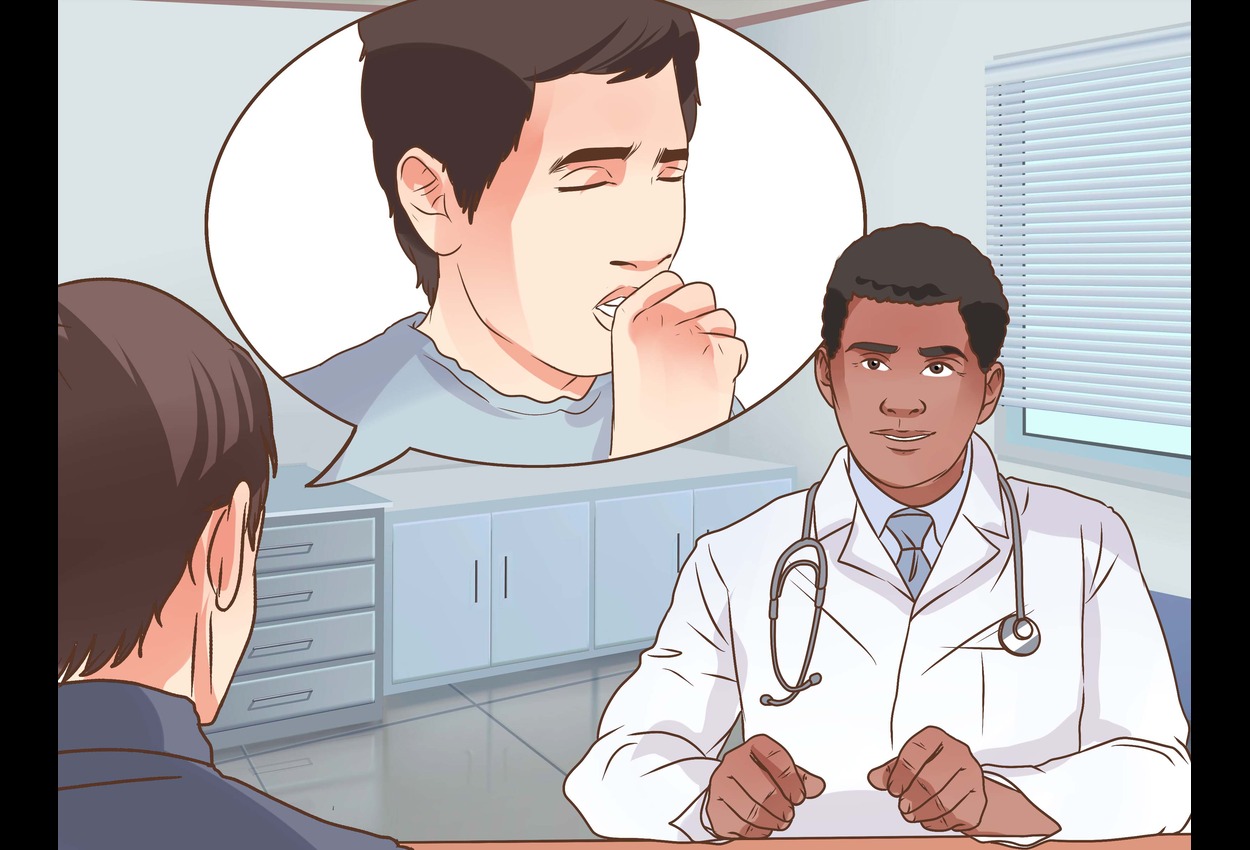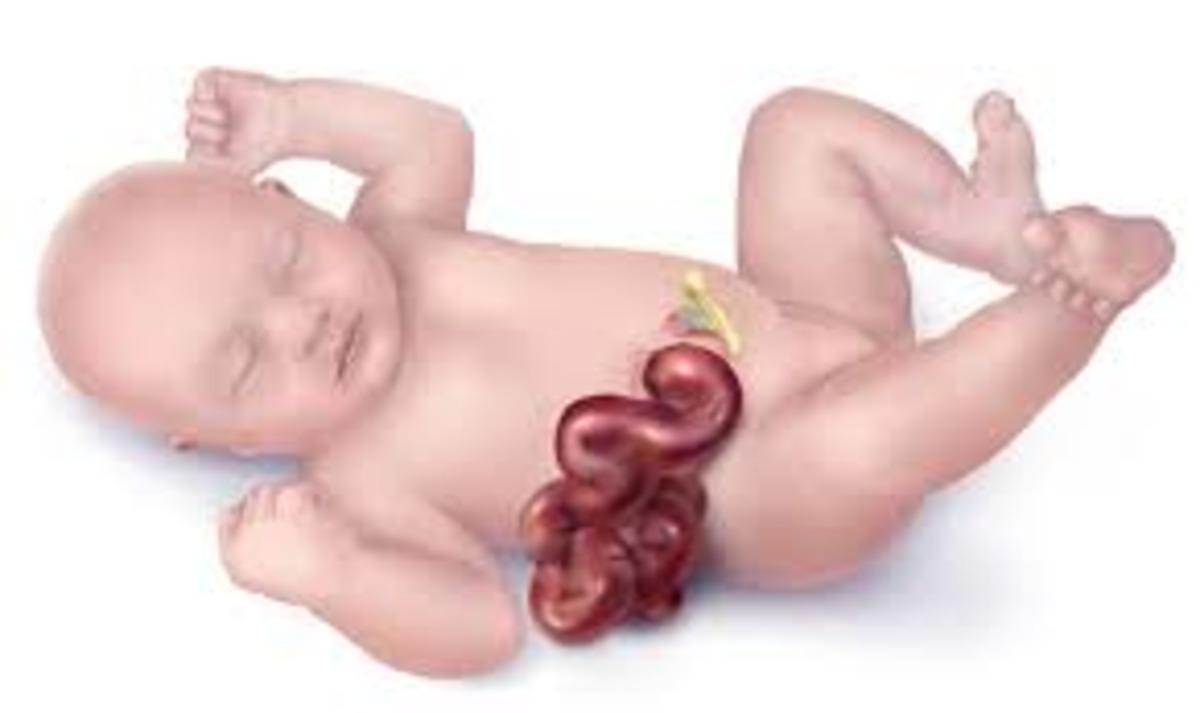Introduction
Choking can happen to anyone, anytime. A small piece of food or an object can block the airway and stop normal breathing within seconds. Knowing how to act fast can save a life. Every minute counts, and staying calm while taking the right steps makes all the difference. This guide explains how to recognize choking, what to do when it happens, and how to respond safely before professional help arrives.
Recognizing the Signs of Choking
Quick recognition is the first step. Adults may show visible signs that something is wrong.
Common signs include:
- Struggling to speak or breathe
- Clutching the throat with one or both hands
- Turning red or blue around the lips or face
- Weak or no coughing sounds
If the person can talk or cough forcefully, encourage them to keep coughing. Do not interfere unless the airway becomes completely blocked.
Stay Calm and Act Quickly
In a choking emergency, panic wastes valuable seconds. Keep your focus on the person and the steps you need to follow.
You should:
- Stand behind the person and reassure them
- Tell someone to call emergency services
- Prepare to give back blows and abdominal thrusts if they cannot breathe or speak
A calm, confident attitude helps both you and the person in distress.
Performing Back Blows
Back blows help dislodge the object blocking the airway. To perform them safely:
- Stand behind and slightly to the side of the person.
- Support their chest with one hand.
- Lean them forward so the object may exit the mouth more easily.
- Deliver up to five firm blows between the shoulder blades with the heel of your hand.
After each blow, check if the obstruction clears. If it does not, move to abdominal thrusts.
Performing Abdominal Thrusts (Heimlich Maneuver)
When back blows do not work, abdominal thrusts can force the object out by creating strong pressure inside the chest.
Follow these steps:
- Stand behind the person and wrap your arms around their waist.
- Make a fist and place it above the navel but below the breastbone.
- Grab the fist with your other hand and press sharply inward and upward.
- Repeat until the object comes out or the person becomes unresponsive.
Always use controlled movements to avoid injury, especially in older adults.
If the Person Becomes Unresponsive
If the person collapses or stops breathing, act fast. You must now treat it as a cardiac arrest emergency.
- Lay the person on their back on a firm surface.
- Call emergency services if not already done.
- Begin CPR immediately.
Continue cycles of chest compressions and rescue breaths until help arrives or the person starts breathing again.
After the Object Is Removed
Once the airway is clear, the person may still feel discomfort or soreness in the throat. Encourage them to:
- Sit quietly and breathe slowly
- Get medical evaluation, especially if coughing or pain persists
- Avoid eating or drinking for a few minutes to prevent irritation
Even if the situation seems resolved, medical follow-up ensures no hidden injuries remain.
Preventing Choking in Adults
Prevention is the best protection. Many choking emergencies happen during meals or when people rush while eating. You can reduce the risk by:
- Chewing food slowly and completely
- Avoiding talking or laughing while eating
- Cutting food into small, manageable pieces
- Keeping dental work in good condition for proper chewing
Adults with swallowing problems should see a doctor to discuss safe eating habits.
Why Quick Action Matters
Choking blocks oxygen to the brain. After only a few minutes, serious damage or death can occur. Acting fast can turn a crisis into a save. When you stay ready and follow correct techniques, you protect your family, friends, and coworkers from tragedy.
Learning CPR for Emergencies
Knowing what to do during choking or cardiac arrest gives you confidence in any emergency. Formal CPR and first aid training provide hands-on experience and expert guidance. You learn how to perform compressions, give rescue breaths, and handle situations calmly under pressure.
You can strengthen your emergency response skills through reliable training sources such as MyCPR NOW, which offers learning programs to prepare you for real-life situations.
Building a Safer Community
Every trained person adds another layer of safety to the community. When people know how to react, fewer lives are lost to preventable accidents. Sharing your knowledge with others creates a safer home, workplace, and neighborhood. Encourage your family and friends to learn these skills too.
Conclusion
Choking emergencies demand fast, confident action. Knowing how to recognize the signs, give back blows, perform abdominal thrusts, and begin CPR can save lives. Preparation and calm thinking are your best tools when seconds matter most. With proper training through MyCPR NOW, you can make a real difference in an emergency. One skill learned today could protect someone’s tomorrow.










